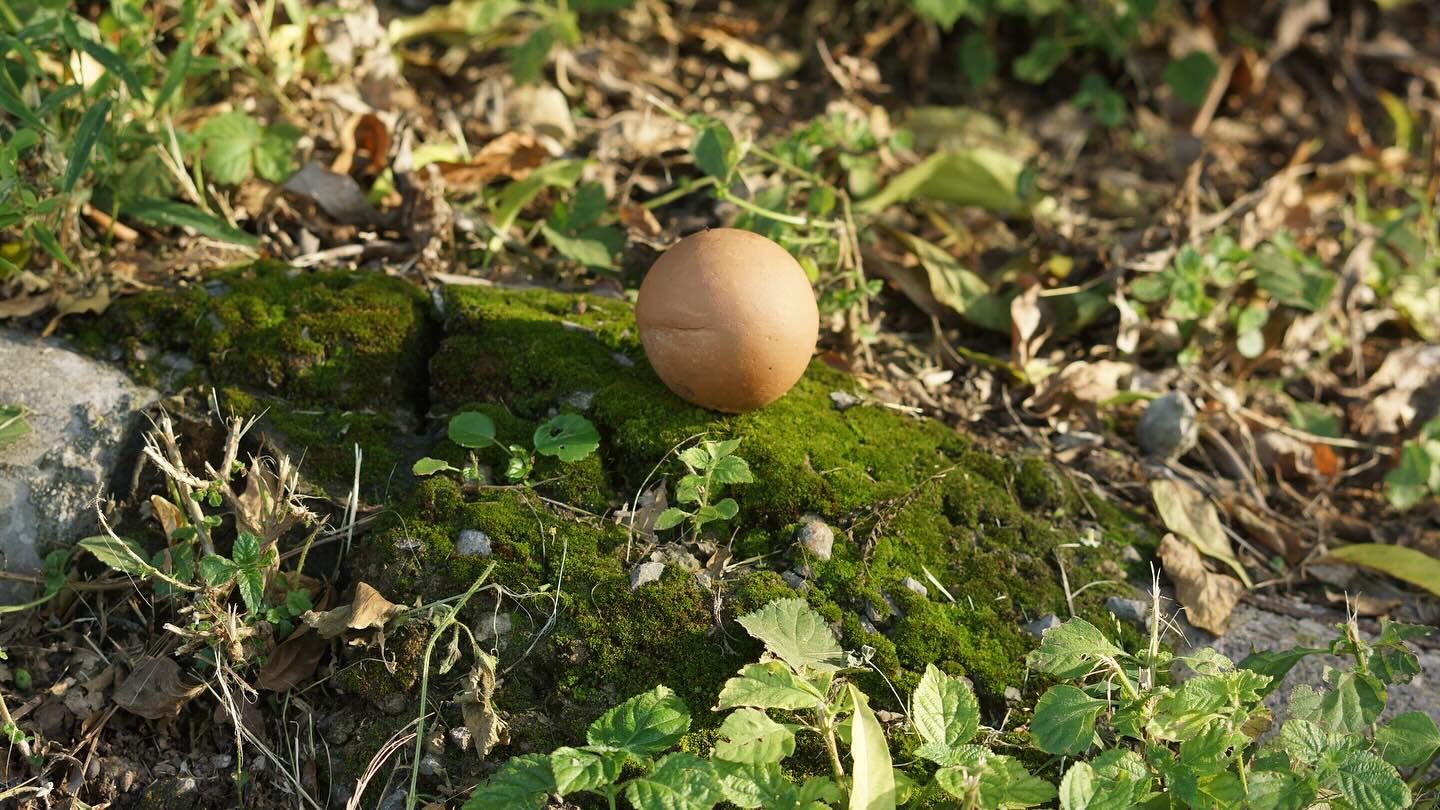In Ecologies of Diversity, Sara Aslam reimagined ecology as a tender, feminist archive of memory, care, and speculative renewal. In Ecologies of D
In Ecologies of Diversity, Sara Aslam reimagined ecology as a tender, feminist archive of memory, care, and speculative renewal.
In Ecologies of Diversity, recently exhibited at Koel Gallery, artist Sara Aslam transformed the gallery into a sensorial landscape of slow resistance, ancestral memory, and speculative ecotopias. Curated by filmmaker Sana Bilgrami, the show emerged from a cross-continental visual arts residency across Gumchi Bagh in Tumair, Islamabad, and the Royal Botanic Garden Edinburgh. Supported by the British Council, Edinburgh Napier University, and Koel Gallery, the exhibition framed ecology not as data, but as an intimate, embodied archive.
Aslam’s practice, rooted in fieldwork and site-specific observation, refracted the notion of home as a porous and imagined ecotopia—shaped by soil, seed, and cultural inheritance as much as by displacement and desire. Drawing from indigenous plant knowledge and environmental histories, her multimedia installations navigated the terrains of survival, feminine care, and ecological poetics.
The exhibition opened with Time Capsules – Preserving Past in Present for the Future, a wall-based installation of hand-crafted terracotta orbs embedded with soil. These hollowed, pierced capsules suggested relics, seeds, and ritualistic memory—gestures that evoke care and quiet resistance. They mirrored burial practices as much as speculative regeneration, resisting erasure through tenderness rather than monumentality.
This ethos echoed throughout the show. In Life Kit – Portable Essentials, Aslam presented a diptych composed of hand-embroidered cotton vests and meticulously labelled glass vials filled with herbs and seeds. The vest, stitched with snippets of domestic memory, medicinal advice, and ancestral knowledge, read like an archive of feminine survival. The companion panel—rows of botanical specimens—resembled an apothecary or a forager’s toolkit, yet transcended utility. Instead, they formed a tribute to women’s embodied knowledge systems—quietly political, deeply intimate.
In the nine-part series Anonymous Travelogue – Poetics of Flora & Fauna, Aslam paid homage to an anonymous 19th-century Indian female illustrator whose botanical drawings she discovered in the RBGE archive. Rendered in watercolor and graphite on wasli, her compositions floated native flora in surreal, dreamlike spaces—subverting colonial taxonomy and reclaiming the aesthetics of observation. These delicate works acted as counter-maps: instead of categorizing plants for imperial use, Aslam released them into visual reverie and poetic reimagination.
Aslam’s Island – Conceiving Ecotopia, a 3D-printed topographic model, offered another spatial metaphor. It imagined self-sufficient living as sculptural terrain—an abstract, miniature world of nested possibilities. Her installation Eco-Thought Experiments extended this idea through collage and mind maps, inviting viewers into speculative futures shaped by ecological consciousness and material memory.
Even the film component, a 10–12 minute collaborative piece, offered a visual meditation on time, decay, and elemental beauty. Through shots of lightning-struck skies, cracked terracotta, and blooming flora, Aslam treated the camera as a witness, attuned to cycles of renewal and loss.
While one might trace echoes of 1960s–70s Land Art—particularly in her sensitivity to time, terrain, and the land as co-creator—Aslam’s gestures are inherently restorative and feminist. Unlike Robert Smithson’s Spiral Jetty (1970), which monumentalized entropy, Aslam’s interventions dwell in care, intimacy, and quiet acts of resistance. Her land is not marked but held.
Sana Bilgrami, in her curatorial note, writes of embracing diversity as a radical act of resilience in an age of climate catastrophe and cultural rupture. Aslam’s work answered that call, not through spectacle, but through an archival tenderness that asks us to slow down, relearn, and re-root ourselves in ecological empathy.
